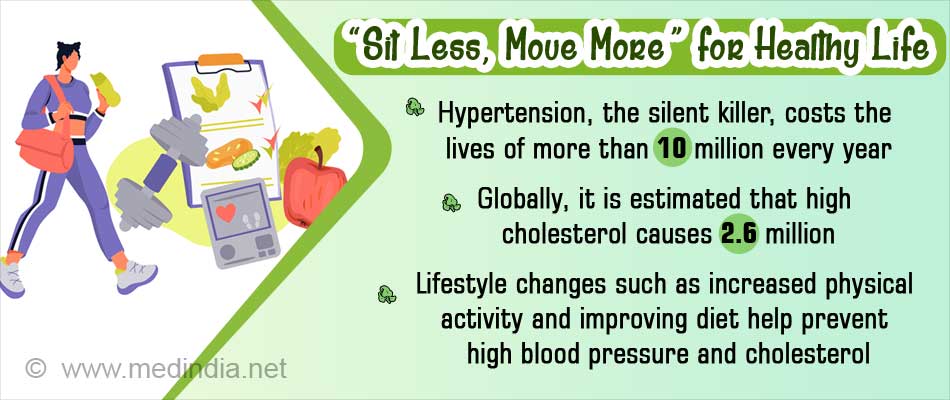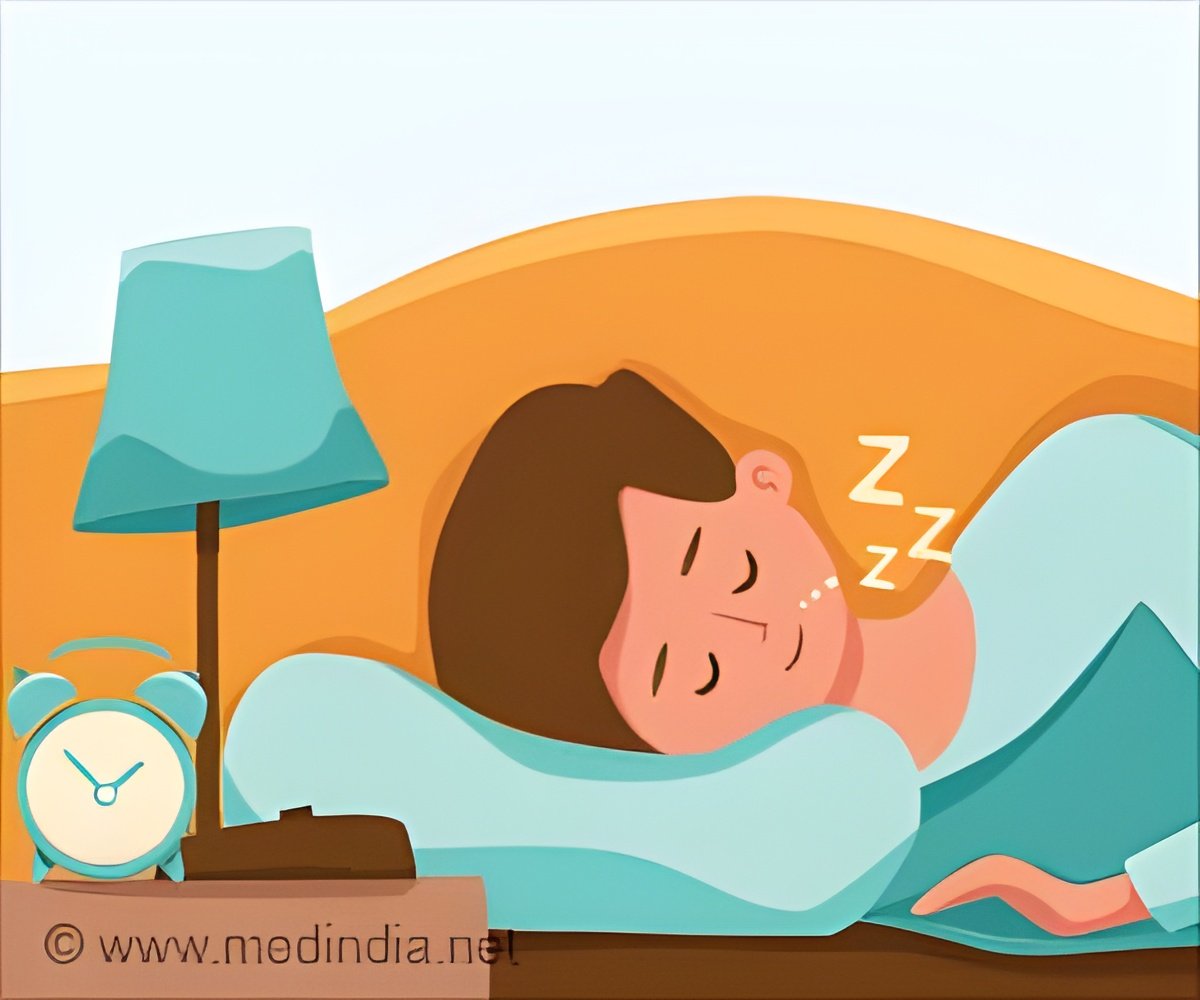says Bethany Barone Gibbs, Ph.D., FAHA, chair of the statement writing group and associate professor in the department of health and human development and clinical and translational sciences at the University of Pittsburgh in Pittsburgh, Pennsylvania.
when the heart pumps blood around the body is called blood pressure. When the
The blood pressure is measured by a sphygmomanometer or blood pressure monitor. The normal blood pressure is 120/80 mmHg, and values higher than 130/ 80 mmHg is considered to be hypertension as per the guidelines issued by the American Heart Association (AHA), 2017.
Increased Prevalence of Blood Pressure
It is estimated that about 53 million (21%) of U.S. adults have high blood pressure, that is, systolic (top number) blood pressure between 120-139 mm Hg or diastolic (bottom number) blood pressure between 80-89 mm Hg.
As per the American College of Cardiology (ACC)/American Heart Association (AHA) High Blood Pressure Guideline criteria, the individuals who have an otherwise low risk of heart disease or stroke would require lifestyle-only treatment for their elevated blood pressure.
Rising Burden of Cholesterol
The study also estimates that about 71 million (28%) U.S. adults have an LDL cholesterol score above 70 mg/dL. The individuals who are seen to suffice the criteria for low risk of heart disease or stroke and would also require lifestyle-only treatment as per the 2018 AHA/ACC Cholesterol Treatment Guidelines criteria.
These lifestyle modifications for blood pressure and cholesterol guidelines incorporate increased physical activity, weight loss, improving diet, stopping smoking, and moderating alcohol intake.
Physical Activity Overcomes Blood Pressure & Cholesterol
The regularly increased physical activity is shown to decrease an average of 3 or 4 mm Hg of blood pressure and 3 to 6 mg/dL of LDL cholesterol.
This signifies that there is a 21% lower risk of developing cardiovascular disease and a 36% lower risk of death from cardiovascular diseases in physically active people when compared to those who are not physically active.
On average, 150 minutes of moderate-intensity aerobic exercise, or 75 minutes of vigorous aerobic activity weekly in addition to two or more strength training sessions each week is recommended by the U.S. Department of Health and Human Services 2018 Physical Activity Guidelines for Americans. Hence there is no minimum amount of time to receive benefits from physical activity.
“Every little bit of activity is better than none. Even small initial increases of 5 to 10 minutes a day can yield health benefits. In our world where physical activity is increasingly engineered out of our lives and the overwhelming default is to sit – and even more so now as the nation and the world is practicing quarantine and isolation to reduce the spread of coronavirus – the message that we must be relentless in our pursuit to ‘sit less and move more’ throughout the day is more important than ever,” says Gibbs.
Move More to Live Better
The statement thereby highlights the call for clinicians to implement exercise “prescriptions” through patient counseling, including health behavior professionals (e.g., health coaches) and connecting patients to local resources like community centers to help meet their physical activity needs.
The following are the measures to prescribe exercise:
- The patients can be screened at every interaction about physical activity, as per the American College of Sports Medicine’s ‘Exercise is Medicine’ campaign.
- Patients can be invited to report their physical activity with some questions or through a wearable device.
- Regular physical activity can be further refined and sustained among the patients by equipping them with ideas, resources and even meeting them for early success.
- It is essential to encourage and celebrate even small increases in the physical activity of patients, such as walking more or taking the stairs. This improves their sustainability.
Other Benefits of Physical Activity
Apart from lowering blood pressure and cholesterol, there exist other added health benefits such as:
Manage Blood Pressure and Cholesterol with Better Lifestyle
Following other lifestyle modifications along with physical activity may help prevent the complications of hypertension and cholesterol.
- Include a balanced diet (plenty of fresh fruits and vegetables) with reduced salt intake to control hypertension
- Stop smoking and reduce alcohol consumption
- Elude oily and fast foods high in trans fats and saturated fats to control high cholesterol levels.
- Periodically monitor your blood pressure and blood cholesterol levels
- Discuss with your physician for any queries
Avoid stress and engage in relaxation techniques such as yoga and deep breathing
Take a friend or family member to walk with you. It is better to move a little rather than sitting idle.
References:
- Hypertension – (https://www.ahajournals.org/doi/10.1161/HYP.0000000000000196)
- What are the causes of high blood pressure? – (https://www.bhf.org.uk/informationsupport/heart-matters-magazine/medical/what-are-the-causes-of-high-blood-pressure)
- Recent Guidelines for Hypertension – (https://www.ahajournals.org/doi/full/10.1161/CIRCRESAHA.119.314789)
- High Blood Pressure – (https://www.heart.org/en/health-topics/high-blood-pressure)
Source: Medindia



